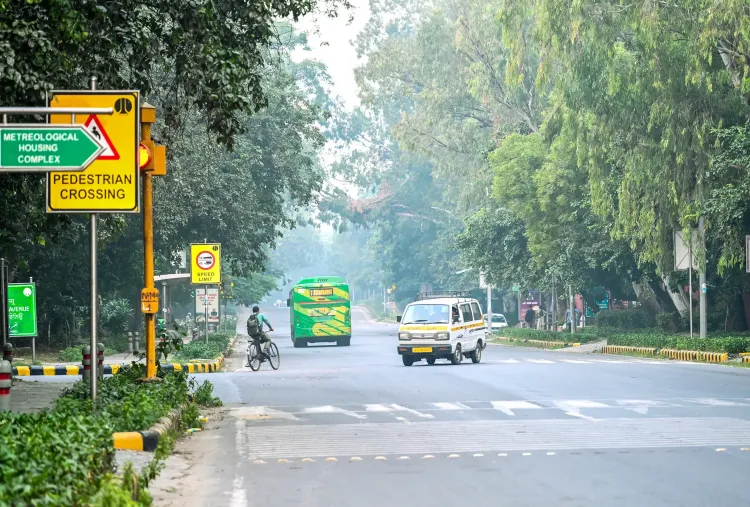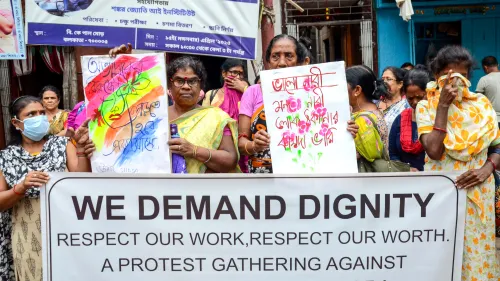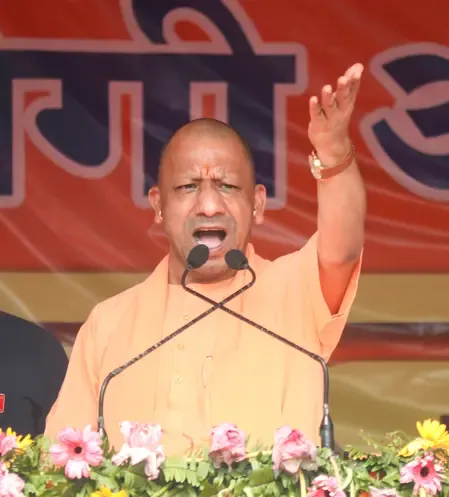Is Delhi's Air Quality Deteriorating Ahead of Diwali Celebrations?

Synopsis
Key Takeaways
- Delhi's air quality has significantly worsened ahead of Diwali.
- Current AQI readings are in the 'very poor' category.
- Ghaziabad and Noida are among the most polluted areas.
- Weather conditions contribute to increasing pollution levels.
- Health risks are particularly high for children and the elderly.
New Delhi, Oct 17 (NationPress) As the capital gears up for the joyous Diwali festivities this weekend, the excitement is palpable, particularly with the allowance for green firecrackers this year. However, the declining air quality is casting a shadow over the celebrations.
The air quality in both New Delhi and the National Capital Region (NCR) has plunged to the 'very poor' category, raising alarms for residents and officials alike.
According to the Central Pollution Control Board (CPCB), the Air Quality Index (AQI) was recorded at 367 this morning.
Numerous areas across the Delhi-NCR region reported air quality below acceptable standards today. Ghaziabad emerged as the most polluted city, followed closely by Noida and Delhi.
In Ghaziabad, the AQI soared to 301, categorized as 'very poor'. The Loni area registered an AQI of 352, nearing the 'severe' category, while Sanjay Nagar, Indirapuram, and Vasundhara reported AQIs of 288, 280, and 284, respectively.
PM10 levels also reached alarming figures, with 307 on October 16, 254 on October 15, and 261 on October 14.
Noida's situation was similarly dire. Sector 125 recorded an AQI of 337, while Sector 116, Sector 1, and Sector 62 saw AQIs of 269, 257, and 218, respectively.
Delhi itself faced challenges, with Anand Vihar's AQI hitting 365 this morning, placing it in the 'severe' category. Wazirpur, Bawana, and Mundka recorded AQIs of 333, 306, and 283.
The AQI is classified into various categories: Good (0-50), Satisfactory (51-100), Moderately Polluted (101-200), Poor (201-300), Very Poor (301-400), and Severe (401-500).
Experts from the Meteorological Department indicate that low wind speeds and a drop in temperatures are contributing to the accumulation of pollutants in the air, rendering it hazardous, particularly for vulnerable groups such as the elderly and children.










